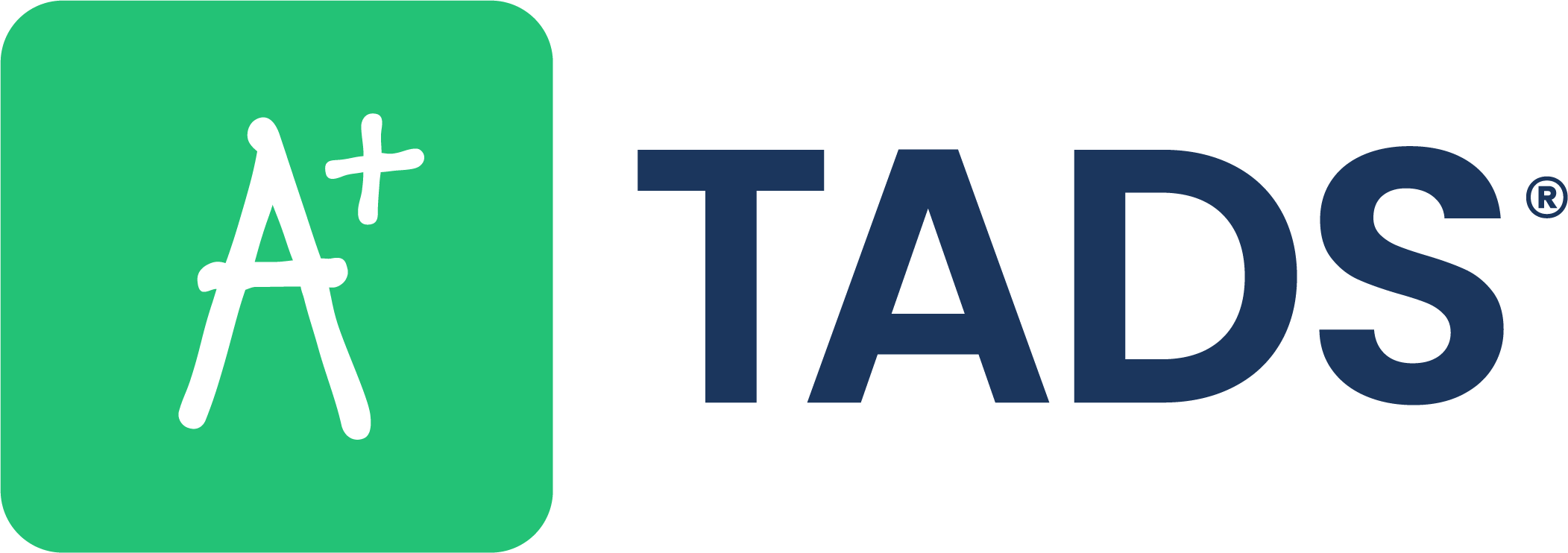
Catholic school enrollments are rebounding! According to a preliminary report released on February 14 by the National Catholic Educational Association (NCEA), Catholic school enrollment across the nation has increased by 3.8%, the first increase in two decades and the largest recorded increase by NCEA.
NCEA conducts Catholic education research as well as provides private education resources for a range of audiences. NCEA published selected results from their annual survey of Catholic elementary and secondary schools, including enrollment patterns, regional geographic trends, types and locations of schools, student and staffing demographic characteristics, and student participation in selected education programs.
Catholic elementary schools had a 5.8% increase in enrollment this year while secondary schools had a slight decline of 0.4%. This research data also underscores the importance of retaining students within Catholic school systems, and matriculation from elementary to secondary school as a key factor in Catholic secondary school viability. The preliminary summary of the report cites that increases in enrollment at the primary grade levels is a positive sign for long-term secondary school viability, even with the slight decline this year.
To continue making gains in enrollment the NCEA encourages schools to recognize the need for more adaptation to meeting the needs of communities, and to use “the momentum to retain students and recruit new students in the upcoming years to stabilize or continue to increase enrollment.”
Catholic schools have shown the power of adaptation in response to the changing needs of students and families by expanding their offerings in recent years. The NCEA research found seven Catholic virtual schools, 71 International Baccalaureate programs, and 114 dual language immersion programs throughout the country. The Mideast region, comprised of Delaware, District of Columbia, Maryland, New Jersey, New York, and Pennsylvania, has the most offerings.
Adapting, retaining, and renewing a focus on growing enrollment are key to Catholic school success. Driving a better family experience is an important long-term strategy to meet these three focuses.
When you’re planning for enrollment season, making sure you put into place strong communication methods to reach all potential students and families will help reduce confusion and grow accessibility to school information.
Part of driving a better family experience also means maintaining contact with interested students and families. Send them information on school events like open houses or games, so they can continue to learn more about your school.
Need more ideas for retention? Check out our 8 Powerful Ways to Increase Student Retention on our Ravenna Solutions site.
Identify if your school might be ready to make a move to a more integrated solution for admission, enrollment, financial aid, tuition, billing, and student information management. Do you have a system that grows with you? TADS can help your school adapt to retain, renew, and grow your enrollment. Using TADS helps schools improve workflows, monitor admission applications, automate tuition management and more to ensure your school is positioned for growth. These benefits in turn benefit your families as they spend less time on paperwork and more time being involved in your school community and championing your school to potential families.
Automating your school’s payment systems can also offer staff and families peace of mind and more efficiency coupled with ease of reporting and auditing. With Diamond Mind, schools can see an immediate return in time-saving, reduced staff workload, and increased family confidence through simplifying payment processing across your school.
For more information on the power in streamlining your school’s payment systems see Streamlining Your Bottom Line and Powering Ease for Families with Diamond Mind.
Enrollment is rebounding, and our solutions from TADS and Diamond Mind can streamline your processes so you can capitalize on this growth and continue to attract and retain students for years to come.
To see data highlights from the NCEA – click here.
